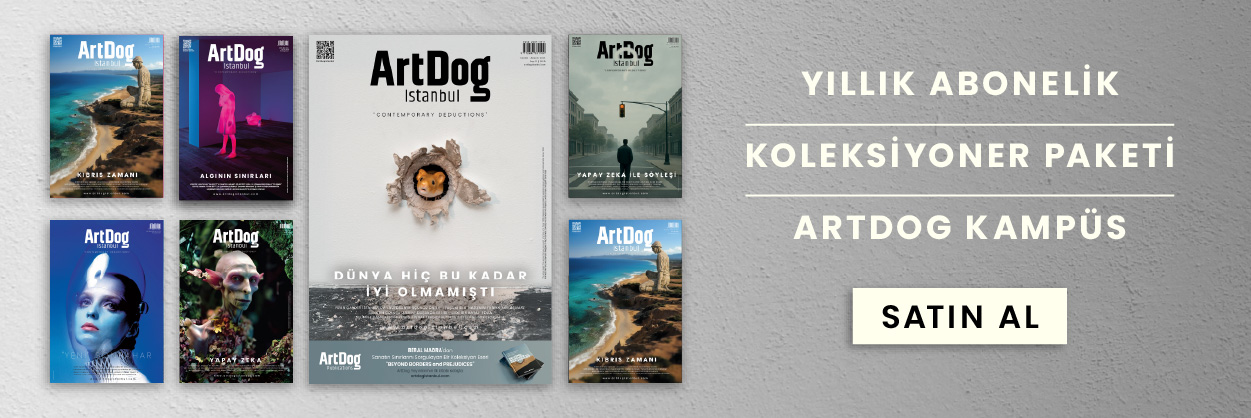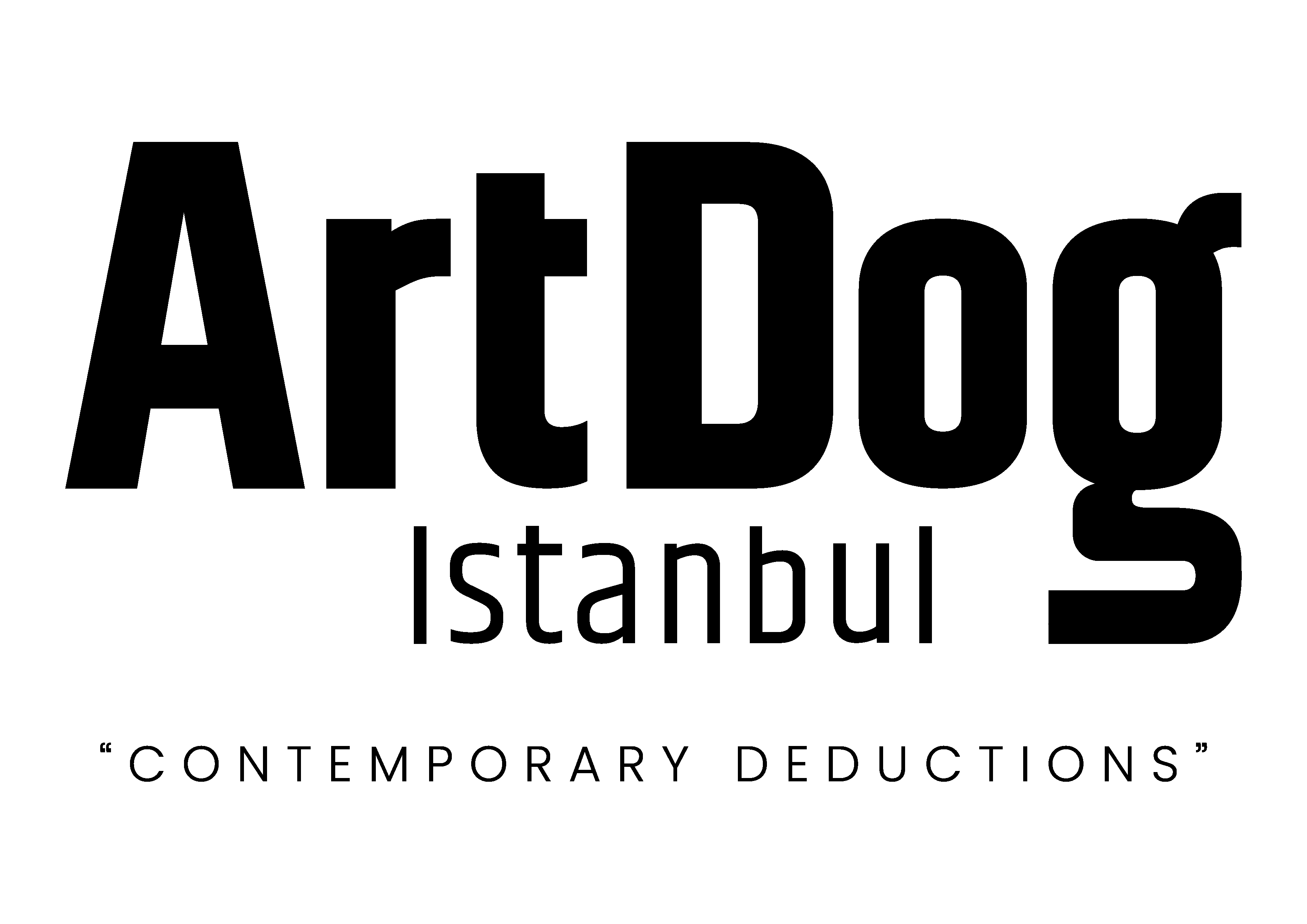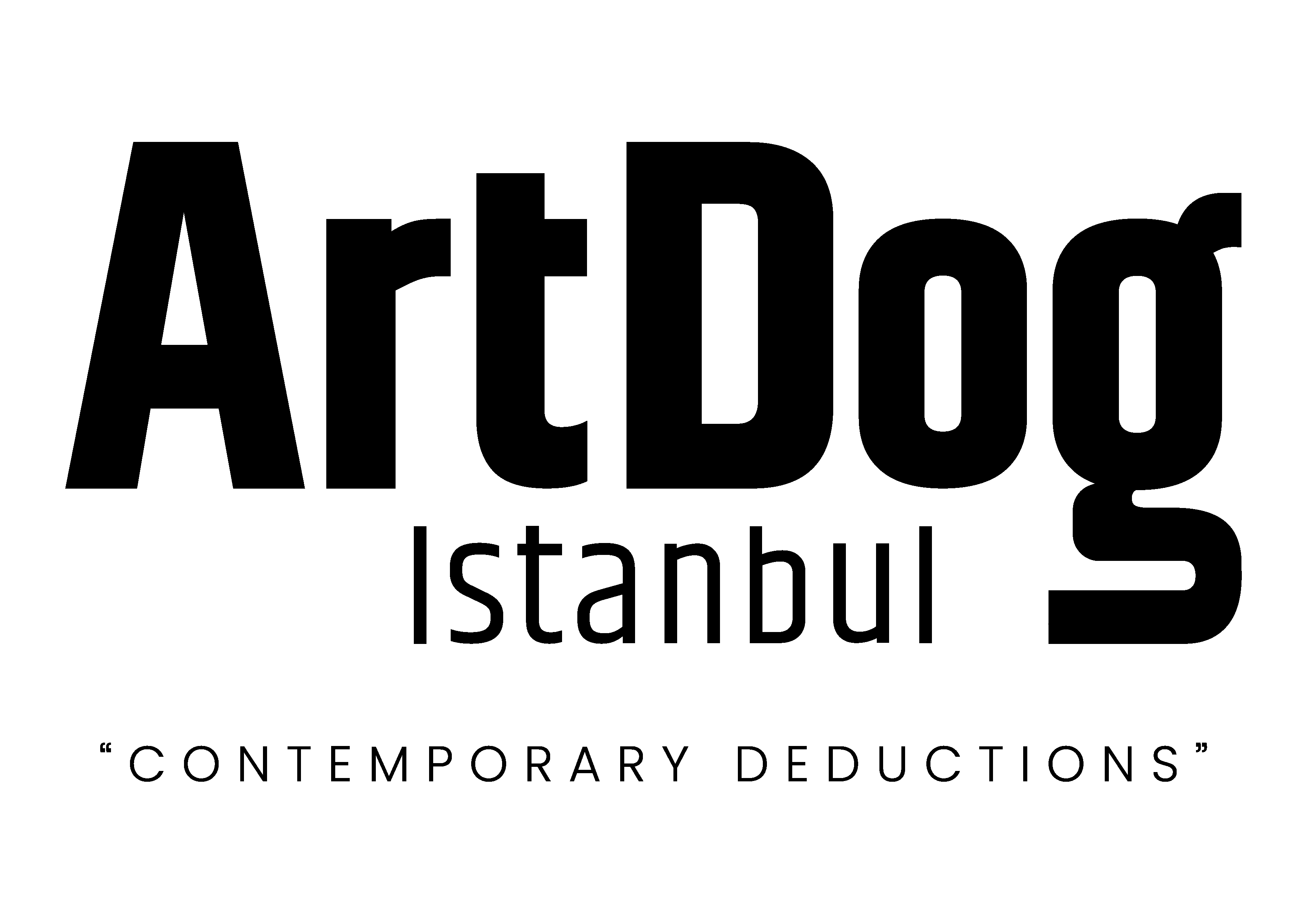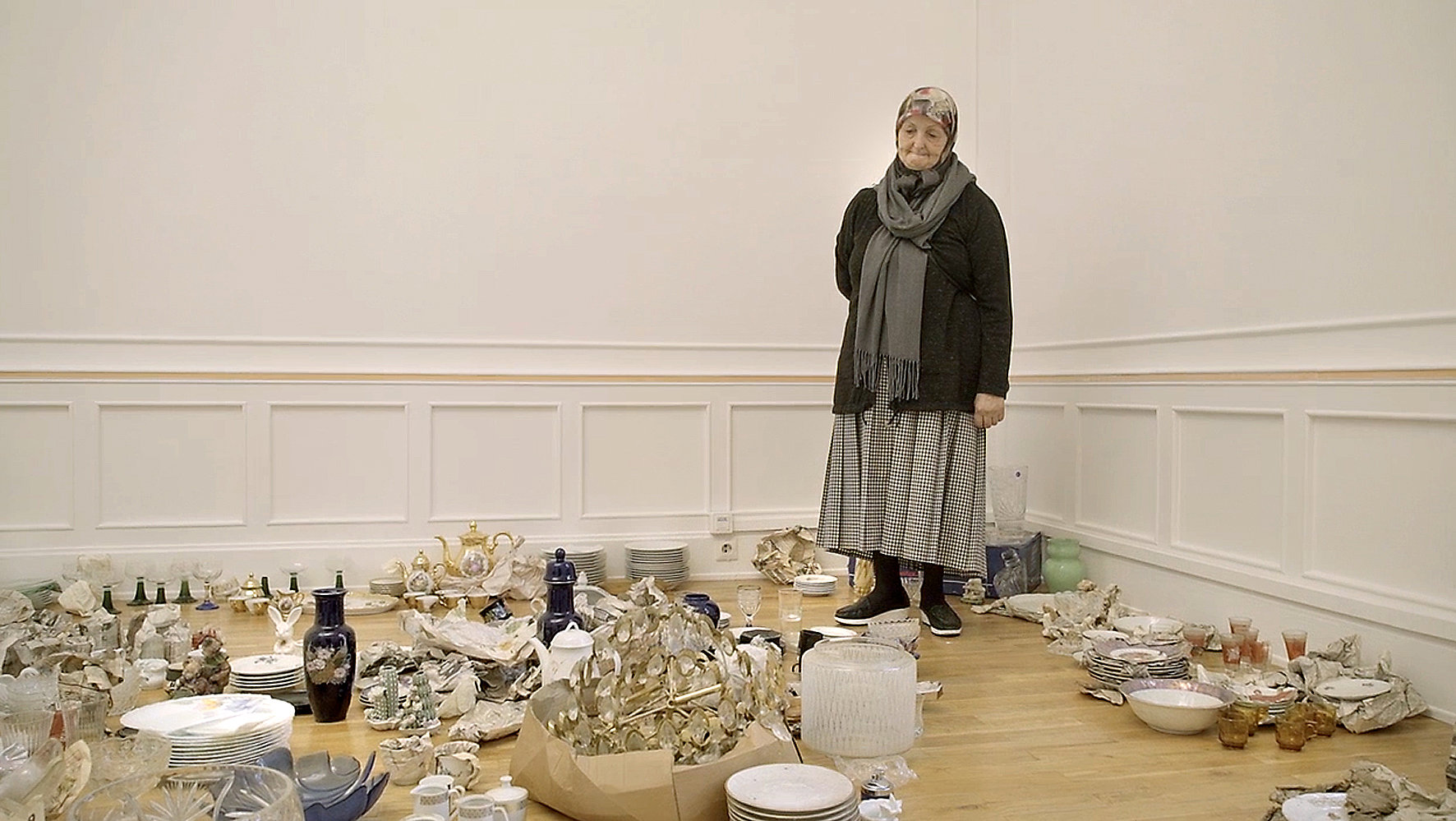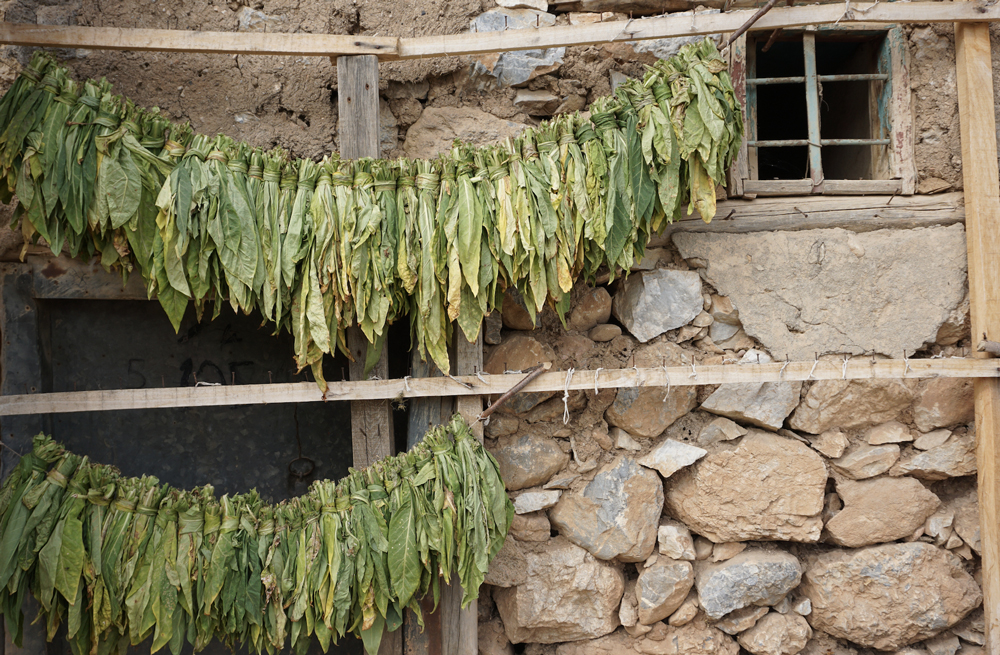The 18th Istanbul Biennial, The Three-Legged Cat takes place 20 September and continues until 23 November 2025. The Biennial extends its presence through the city, weaving together artists, audiences, and ideas in a shared space of inquiry and curated by Christine Tohmé, this first edition of the event—which has exceptionally become a triennial—brings together 47 artists who confront some of the most pressing and perilous subjects of our time: international politics, environmental exploitation, colonialism, and social fragility. The second leg, unfolding in 2026, plants the seeds of an academy and grows through collaborations with local hands and minds. When 2027 arrives, the biennial pauses to breathe—gathering what it has learned, it opens its final chapter with exhibitions and workshops that trace the journey’s path.
Artworks at 18th Istanbul Biennial
Mona Benyamin, a Palestinian, does so by drawing on black humor and the grotesque in a parody of the news that, ultimately, unfortunately, does not seem any more surreal than the news we helplessly witness every day in real life. Sohail Salem, from Gaza, reconstructs the ongoing genocide with drawings on paper that build a daily archive unfiltered by the media. Ali Eyal’s paintings sublimate his childhood memories of the invasion of Iraq just over twenty years ago through symbolic imagery.
Many of the artists of Arab origin featured in this exhibition no longer live in their homelands, but within diasporas that often sees them residing in Western countries. This process of displacement and memory finds delicate expression by Stéphanie Saadé. In her series Pyramid, the Lebanese artist Saadé layers garments of different sizes, from the largest to the smallest. The textile sculpture is both extremely intimate and disturbing, conveying a tactile perception of the passage of time through the use of such a personal object.
The body, as both subject and site of meaning, reappears in Akram Zaatari’s small paintings, produced during the Covid-19 pandemic period, which depict the world of oil wrestling (an ancient sport practiced in Turkey, Iran, and the Balkans) that, in its performance of masculinity, opening a subtle yet potent dialogue with homoerotic desire.
Queerness, is also a central element of Elif Saydam’s installation. Saydam constructs a labyrinth of suspended plastic sheets, where ornamentation and vernacular motifs intertwine — a space where high and low culture coexist, refracted through wit and defiance. From the human body to that of nature, the biennial extends into a reflection on the brutal exploitation of environmental resources and how this is intertwined with colonial policies, both past and present.
Ola Hassanain shares his perspective starting from the agricultural crisis and water control in Sudan, Jagdeep Raina from the failure of the Green Revolution in Punjab, Ana Alenso from mining in Venezuela, and Naomi Rincón-Gallardo from the breakdown of social cohesion and the intensification of conflicts generated by mining exploitation in Oaxaca. Whether through Rincón-Gallardo’s pop-inflected videos, Hassanain’s poetic environmental installations rooted in childhood memory, or Raina’s embroidered works that merge protest with lullaby, each artist illuminates the sites where economic systems controls all society.
At first glance, hope appears extinguished along this path. Yet Christine Tohmé’s curatorship draws together these fragments of disquiet into something cohesive, even transcendent.
In Ayman Zedani’s work, a sound installation opens with a voice reciting, “He looked into the infinity of the ocean and wished he could understand all the prayers sung by the fish,” a quotation from the biblical (and Quranic) episode of the prophet Jonah and the whale.
In this infinite ocean, we are not so separate from one another. Across all latitudes, we are witnessing a world collapsing under the irresponsible capitalist race that is burning our planet and our capacity to be human. The biennial asserts that art can, and must, choose not to turn a blind eye to the turmoil we are experiencing and, at the same time, can leave us with an open heart, without our gaze. It reminds us that, even amid the wreckage, it is still possible to see with an open art, and to resist the seduction of cynicism.

